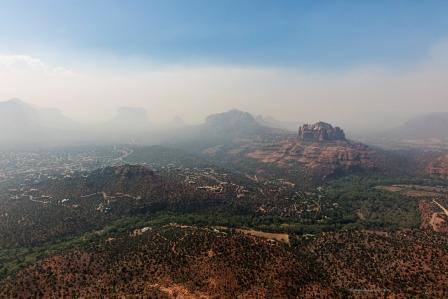Seeing Landscapes in a New Light Using the Online Landscape Dynamics Assessment Tool (LanDAT)

One of the primary objectives of the National Cohesive Strategy is to increase landscape resiliency. As frequently noted, resiliency is inherently contextual, meaning that it can be interpreted differently depending on local or regional conditions and aspirations. Such ambiguity (or flexibility) doesn’t necessarily hinder local planning, but does make it difficult to compare systems across broad regions. More fundamentally, it is difficult to rigorously evaluate progress toward an objective that is difficult to define, let alone measure. The need for quantitative and repeatable measures of landscape resilience—or components thereof—motivated the US Forest Service and its University partners to develop the online Landscape Dynamic Assessment Tool (LanDAT), which provides user-friendly access to synthesized information from an extensive library of remotely sensed data combined with advanced analytical techniques and ecological theory.
Daily images captured by the MODIS remote imaging system provide a moderate resolution (13.2 ac pixels), continuous time series of vegetation change across the conterminous US dating back to 2000. LanDAT developers have processed these data to provide a unique perspective on vegetation dynamics across scales, ranging from individual pixels to broad landscapes. By examining patterns of vegetation disturbance, growth, and recovery, one can infer aspects of the natural system’s ability to resist or resile from disturbances such as wildfire. One can also compare different areas that vary in biogeographical settings or have experienced different disturbance or management regimes. This two-hour seminar will expose land managers and analysts to the functionality and application of LanDAT. Participants are encouraged to identify specific geographical areas of interest that will be used as examples and explored collaboratively and in real-time during the seminar.



